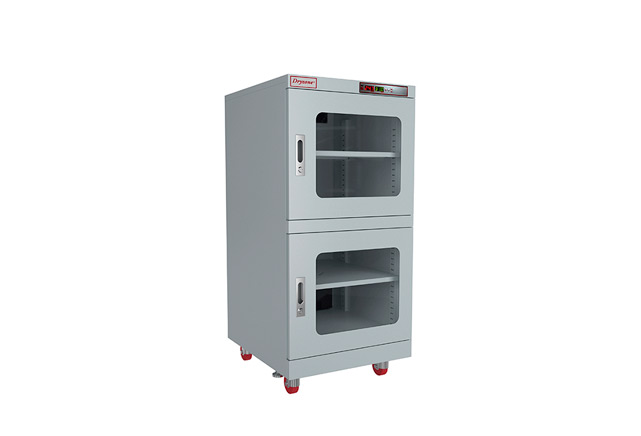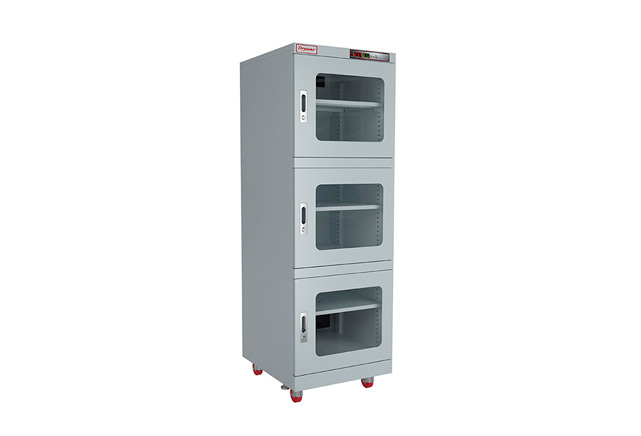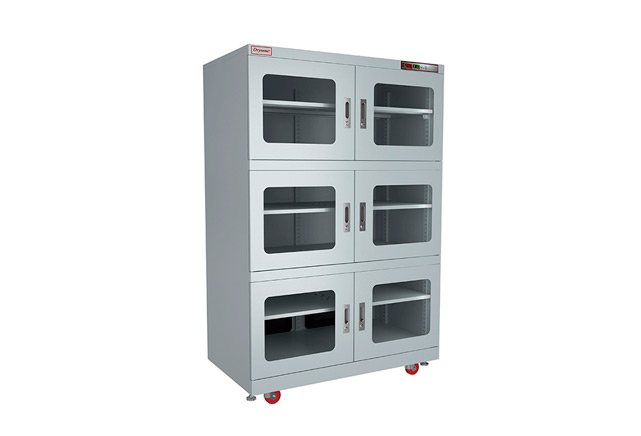 To Know Dryzone More
To Know Dryzone More
ESD (electrostatic discharge) industrial drying cabinets are designed to protect electronic components from static electricity during the drying process. They offer precise temperature and humidity control to ensure consistent and high-quality results, while also minimizing the risk of damage to sensitive components.
These cabinets work by creating a controlled environment that is free from moisture and static electricity, ensuring that the components remain safe and functional. In this article, we'll explore how ESD drying cabinets work and why they are important for industries that rely on sensitive dry cabinet for electronic components.
ESD industrial drying cabinets typically include a humidity control system, a heating system, and a fan system. The humidity control system is responsible for maintaining a constant and optimal level of humidity, while the heating system provides the necessary heat to dry the components. The fan system ensures that the air circulates evenly throughout the cabinet to ensure uniform drying.
ESD industrial drying cabinets use different methods to control the humidity levels inside the cabinet. The most common method is the use of desiccant materials, such as silica gel or molecular sieves, to absorb moisture from the air inside the cabinet. Desiccant materials work by trapping moisture molecules within their porous structure, preventing them from coming into contact with the electronic components.
ESD industrial dry box cabinets also use temperature control to maintain a stable and safe environment for electronic components. Most cabinets have a heating system that is used to raise the temperature inside the cabinet, which helps to lower the relative humidity. Some cabinets also have a cooling system that is used to lower the temperature inside the cabinet, which helps to reduce the risk of condensation.
ESD industrial drying cabinets are designed to prevent the buildup of static electricity, which can damage electronic components. The cabinets are usually made of materials that are conductive or antistatic, such as aluminum or carbon fiber. They also have grounding mechanisms, such as a grounding wire or a grounding plate, that are used to discharge any static electricity that may have accumulated on the components.
ESD industrial drying cabinets also use airflow control to ensure that the components are properly ventilated. The cabinets have fans that circulate the air inside the cabinet, which helps to distribute the desiccant material evenly and prevent any stagnant areas where moisture can accumulate. The fans also help to prevent the buildup of static electricity by ensuring that the air is constantly moving.
ESD dry storage cabinets typically have monitoring systems that measure the temperature and humidity levels inside the cabinet. They also have alarms that notify users if the humidity or temperature levels exceed the set limits. This helps to ensure that the components are always stored in a safe and controlled environment.
In conclusion, ESD industrial drying cabinets work by creating a controlled environment that is free from moisture and static electricity. They use different methods to control the humidity levels, temperature, static electricity, and airflow inside the cabinet. By investing in ESD industrial drying cabinets, industries can ensure that their electronic components remain safe and functional, reducing the risk of damage or malfunction due to moisture or static electricity.


